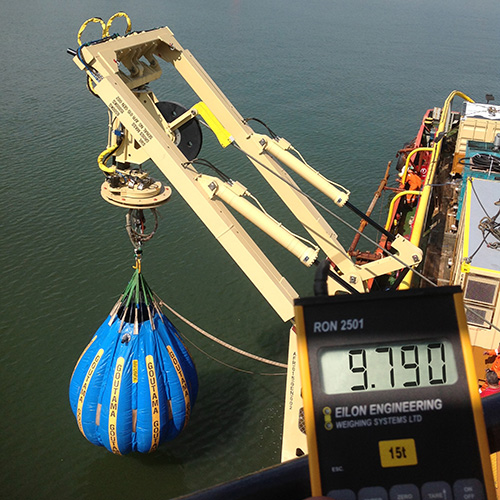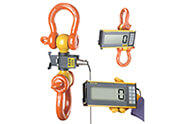Proof Load Testing
What is a proof load test?
A proof load test is a type of load testing meant to verify the capability of a load bearing structure or hardware to handle its rated load without failure or deformation.
Load testing generally requires that specific load is placed on rigging hardware or lifting equipment.
It is often required by local laws and standards pertaining to lifting equipment and hardware of various types. Proof load testing is critical, as it serves the purpose of certifying that a particular piece of equipment or hardware is safe for use.
How is a proof load test performed?
The requirements and methodology of a proof load test are determined by the relevant standards governing the equipment to be tested and can vary depending on the country, type of equipment and industry.
Some organizations may set their own standards with requirements beyond those of the generally required standards.
Generally, a proof load test is done by placing force for a particular amount of time, typically anywhere from 1.1 to 1.5 times of the designated load of the structure or hardware being tested.
In order to verify loads, certified weights or a load indicating device such as dynamometer or load cell must be used.
In some situations, large water bags are used to provide the required weight for valid proof load tests. Water bags require the use of a load cell, crane scale or dynamometer to verify the applied load.
What are the requirements for proof load tests?
EU Standards
Manufacturers of lifting equipment carry out proof tests according to their own quality assurance procedure.
Equipment to be sold in the EU must, at a minimum, meet the requirements of:
Machinery Directive 2006/42/EC
Standards for North America
In north america, proof load tests are performed as per the standards set by one or more of the following bodies:
Occupational Safety and Health Administration (OSHA)
The American Society of Mechanical Engineers (ASME)
American National Standards Institute (ANSI)
Applicable Standards:
ASME B30.9: Slings
ASME B30.10: Hooks
ASME B30.16: Overhead Underhung and Stationary Hoists
ASME B30.17: Cranes and Monorails (With Underhung Trolley or Bridge)
ASME B30.20: Below-the-Hook Lifting Devices
ASME B30.26: Rigging Hardware
OSHA Section 1926.251(a)(4): Special custom design grabs, hooks, clamps, or other lifting accessories, for such units as modular panels, prefabricated structures and similar materials, shall be marked to indicate the safe working loads and shall be proof-tested prior to use to 125 percent of their rated load.
Highly portable and lightweight Eilon Engineering’s Ron Crane Scales™ line of dynamometers and load cells are ideally suited for on-site proof loading of almost any lifting appliance or hardware. Fatigue rated load cell bodies and 5:1 safety factor ensure long service life and safe testing. A wide range of capacities (0.5t-300t) make it possible to test cranes and structures of almost any size. An optional data logger makes test verification and analysis simple with a PC.
Recommended Models
Recommended Options
Data Logger - Automatically capture dynamometer readings to create a time stamped record of the entire test. Provide a record of measured loads and their duration. Download records to your PC for archiving, analysis and the creation of certificates.
![]()
PC Output (RS-232): Use a laptop to capture live dynamometer measurements for archiving, analysis and the creation of certificates.
![]()
IP67 Environmental Sealing (Wired systems only): Standard wireless load cell comes with IP67 protection as standard. For wired systems in maritime environments IP67 upgrade is required.
![]()













.jpg)

.jpg)
.jpg)
.jpg)





.png) Barcelona Jan 30-Feb 2
Barcelona Jan 30-Feb 2